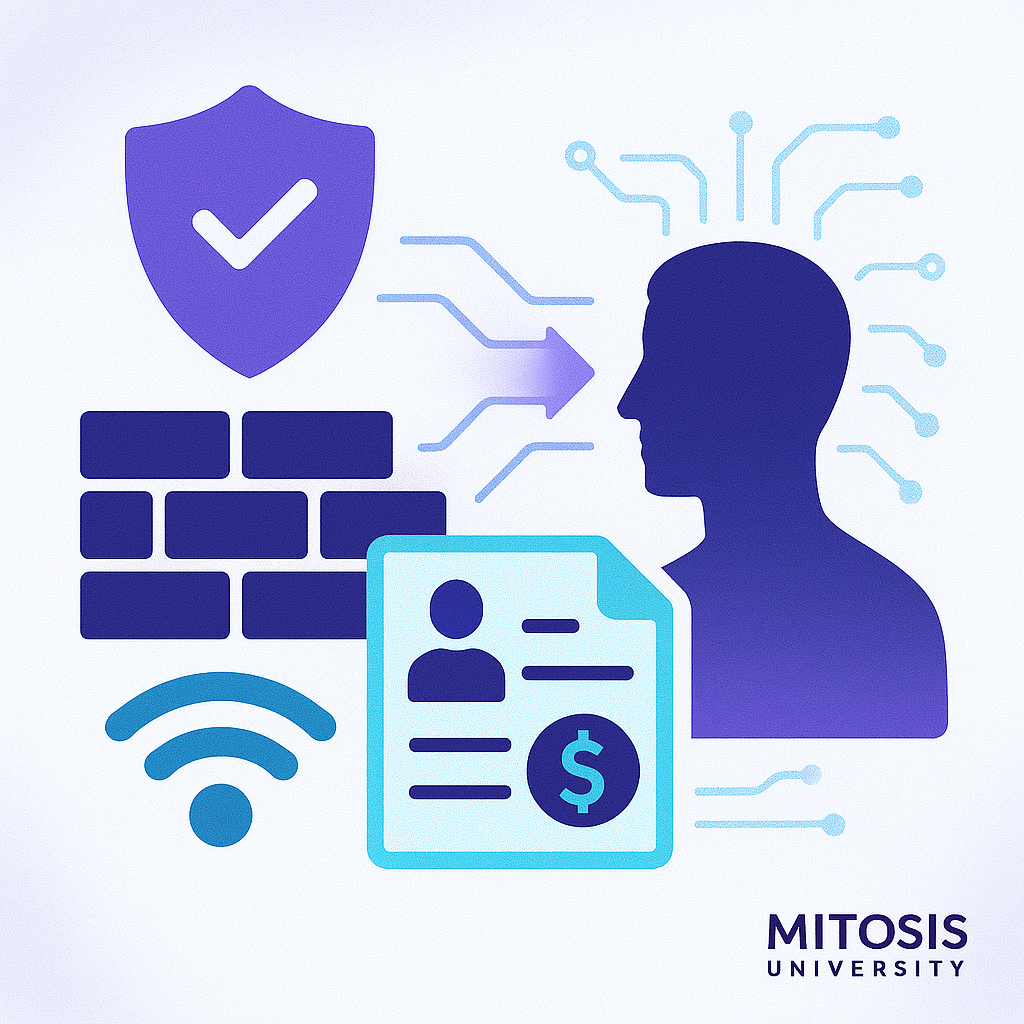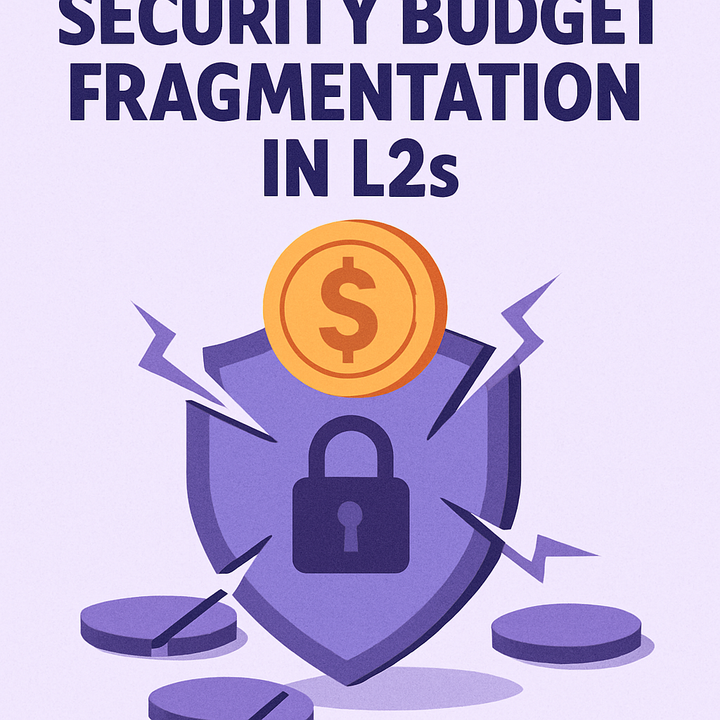Inside the Coinbase Insider Breach: A Wake-Up Call for Crypto Security

On May 11, 2025, the cryptocurrency world woke to disturbing news: Coinbase, one of the most trusted names in the industry, had suffered a major insider-driven data breach. While not the result of a traditional system hack, the incident nonetheless exposed the sensitive information of nearly 70,000 customers. More than just a failure of cybersecurity, this breach reveals how human vulnerabilities—when paired with flawed access controls—can threaten not only digital assets but also physical safety and industry-wide trust.
This article unpacks the breach, explores its systemic implications, and offers a path forward for exchanges navigating the evolving threat landscape.
The Breach Uncovered: What Happened and How
Anatomy of the Attack
Though the breach occurred in December 2024, it remained undetected until May 2025. Unlike conventional hacks, this was an insider-led social engineering operation. The perpetrators bribed overseas customer support contractors, leveraging their legitimate read-only access to Coinbase systems. This access was then exploited to harvest personally identifiable information (PII), account balances, and transactional data.

The data accessed included:
- Names, email and physical addresses, phone numbers
- Government-issued IDs, masked bank details, partial Social Security numbers
- Account activity and balances
While no passwords, private keys, or two-factor authentication (2FA) codes were breached—and user funds remained intact—the stolen data was more than enough to launch targeted phishing attacks, impersonating Coinbase and duping users into transferring their crypto.
Why This Breach Was Different
This wasn’t just a data compromise—it was a human security failure:
- Access wasn’t stolen; it was misused.
- Attackers operated inside the system, bypassing traditional perimeter-based defenses.
- It exposed flaws in third-party oversight, especially with overseas contractors.
The situation was exacerbated by Coinbase’s initial failure to detect the breach for months, raising concerns about internal monitoring and the robustness of their threat detection.
Wider Implications: Lessons for the Industry

1. The Human Layer Is the New Attack Surface
The Coinbase breach starkly illustrates that human factors are now the primary cybersecurity risk. Contractors were bribed—an age-old trick that bypassed even the most advanced technical safeguards. The incident highlights:
- The fragility of third-party security
- The danger of over-provisioned access
- The need for behavioral analytics and real-time monitoring to detect misuse of legitimate credentials
Companies like Binance and Kraken reportedly faced similar attempts but blocked them using stricter controls and AI monitoring tools, such as chatbots scanning for bribery attempts.

2. KYC Data: A Double-Edged Sword
Regulators require exchanges to collect detailed Know Your Customer (KYC) information to prevent money laundering and fraud. But when this data is leaked, it becomes a powerful weapon for social engineering—and potentially for physical crimes.
With attackers armed with names, home addresses, and balances, victims are now vulnerable not just online but in the real world. In 2025, reports of crypto-related kidnappings and extortion surged. This presents a chilling new risk: owning crypto could make you a target offline.
The breach reignites the debate around KYC: How do we balance AML compliance with user safety? Solutions may include:
- Minimizing the data collected
- Using privacy-preserving technologies
- Decentralizing data storage

3. Rethinking Cybersecurity: From Firewalls to Human-Centric Models
Traditional cybersecurity relies on firewalls, perimeter defenses, and system hardening. But as the Coinbase breach shows, these fail when the attacker has legitimate access.
Going forward, exchanges need to:
- Embrace Zero-Trust Architectures: Trust no access request—internal or external—without verification.
- Strengthen User and Entity Behavior Analytics (UEBA): Monitor for anomalies in access patterns.
- Upgrade authentication: Hardware keys and passwordless login are far more secure than SMS-based 2FA.
- Limit access: Apply least-privilege policies, especially for contractors and third-party agents.
Security should be data-centric, context-aware, and integrated with legal and compliance teams. It's not just about technology—it's about governance.
Conclusion
The Coinbase breach was not just a failure of cybersecurity—it was a failure to anticipate human vulnerability in an increasingly interconnected, data-driven ecosystem. The attack didn’t just expose user data; it exposed systemic cracks in how exchanges manage insider access, third-party risk, and regulatory compliance.
Key Takeaways:
- Insider threats are real and growing—especially via outsourced contractors.
- PII is a liability, and exchanges must rethink how it's stored and accessed.
- User safety includes physical safety—home addresses and balances are now vectors for crime.
- Cybersecurity must evolve to focus on behavior, context, and proactive monitoring.
As crypto strives for mainstream adoption, trust is paramount. Rebuilding that trust means putting user protection—not just profit or compliance—at the center of strategy. Rival exchanges have already shown this is possible. The question is: will the rest of the industry follow suit?
Looking Ahead
Can regulators, exchanges, and users find a model that preserves both security and privacy? Will crypto firms start treating customer support access with the same scrutiny as cold wallet keys? And how will users weigh convenience against safety in this new threat environment?
The future of crypto depends on how we answer these questions.
References
- CyberSRC Security Team. Coinbase Data Breach 2025: Insider Bribery, User Data Leak, and Extortion Attempt [Internet]. CyberSRC; 2025 May 20 [cited 2025 May 23]. Available from: https://cybersrcc.com/2025/05/20/coinbase-data-breach-2025-insider-bribery-user-data-leak-and-extortion-attempt/Cybers RCC+8Cybers RCC+8Cybers RCC+8
- Velotix. Analysis: Coinbase Breach - Contractor Access Vulnerabilities and Security [Internet]. Velotix; 2025 May 21 [cited 2025 May 23]. Available from: https://www.velotix.ai/resources/blog/analysis/coinbase-breach-contractor-access-vulnerabilities-security/
- The Cryptonomist. Data breach on Coinbase: Risk to user security [Internet]. The Cryptonomist; 2025 May 20 [cited 2025 May 23]. Available from: https://en.cryptonomist.ch/2025/05/20/data-breach-on-coinbase-risk-to-user-security/
- Aura. Is Coinbase Safe? [Internet]. Aura; 2025 [cited 2025 May 23]. Available from: https://www.aura.com/learn/is-coinbase-safe
- Perplexity AI. Coinbase's Claim of $100 Million Breach [Internet]. Perplexity AI; 2025 [cited 2025 May 23]. Available from: https://www.perplexity.ai/discover/tech/coinbase-s-claim-of-100-millio-03UeT7tXQvOVLsAFgbieng
- Tech in Asia. Coinbase's Breach Hits at Least 69K Customers [Internet]. Tech in Asia; 2025 May 21 [cited 2025 May 23]. Available from: https://www.techinasia.com/news/coinbases-breach-hits-at-least-69k-customers
- Halborn. Explained: Coinbase Users Targeted by Phishing Attacks in May 2025 [Internet]. Halborn; 2025 May 22 [cited 2025 May 23]. Available from: https://www.halborn.com/blog/post/explained-coinbase-users-phishing-attacks-may-2025
- BankInfoSecurity. Bribery Led to Coinbase Hack Affecting 70,000 Crypto Customers [Internet]. BankInfoSecurity; 2025 May 22 [cited 2025 May 23]. Available from: https://www.bankinfosecurity.com/bribery-led-coinbase-hack-affects-70000-crypto-customers-a-28465
- Coinbase. Protecting Our Customers: Standing Up to Extortionists [Internet]. Coinbase; 2025 May 20 [cited 2025 May 23]. Available from: https://www.coinbase.com/blog/protecting-our-customers-standing-up-to-extortionists
- Binance. Coinbase Breach: Insights and Responses [Internet]. Binance; 2025 May 21 [cited 2025 May 23]. Available from: https://www.binance.com/en/square/post/23665775470418
- DL News. Binance and Kraken Dodge Coinbase Breach Using AI Access Rules [Internet]. DL News; 2025 May 22 [cited 2025 May 23]. Available from: https://www.dlnews.com/articles/people-culture/binance-kraken-dodge-coinbase-breach-using-ai-access-rules/
- Coinbase. Coinbase: The Standard in Crypto Custody [Internet]. Coinbase; 2025 [cited 2025 May 23]. Available from: https://www.coinbase.com/blog/coinbase-the-standard-in-crypto-custody
- Kraken. Security Features [Internet]. Kraken; 2025 [cited 2025 May 23]. Available from: https://www.kraken.com/features/security
- Komodo Platform. Evolution of Crypto Regulations [Internet]. Komodo Platform; 2025 [cited 2025 May 23]. Available from: https://komodoplatform.com/en/academy/evolution-of-crypto-regulations/
- AInvest. EU to Adopt Distinct Approaches to Cryptocurrency Regulation [Internet]. AInvest; 2025 Apr 25 [cited 2025 May 23]. Available from: https://www.ainvest.com/news/eu-adopt-distinct-approaches-cryptocurrency-regulation-2504/
- ProSec Networks. Coinbase Datenleck: Cyberangriff und Erpressung [Internet]. ProSec Networks; 2025 May 21 [cited 2025 May 23]. Available from: https://www.prosec-networks.com/en/blog/coinbase-datenleck-cyberangriff-erpressung/
- American Banker. Coinbase Breach Underscores Insider Risk in Finance [Internet]. American Banker; 2025 May 22 [cited 2025 May 23]. Available from: https://www.americanbanker.com/news/coinbase-breach-underscores-insider-risk-in-finance
- BleepingComputer. Coinbase Says Recent Data Breach Impacts 69,461 Customers [Internet]. BleepingComputer; 2025 May 21 [cited 2025 May 23]. Available from: https://www.bleepingcomputer.com/news/security/coinbase-says-recent-data-breach-impacts-69-461-customers/
- Mashable. Coinbase Data Breach Affects 70K Members: Ransom Demands Follow [Internet]. Mashable; 2025 May 21 [cited 2025 May 23]. Available from: https://mashable.com/article/coinbase-data-breach-70k-members-ransom
- The Cyber Express. Coinbase Insider Data Theft [Internet]. The Cyber Express; 2025 May 22 [cited 2025 May 23]. Available from: https://thecyberexpress.com/coinbase-insider-data-theft/
- Cointelegraph. Cyber Criminals Steal Coinbase Customer Data, Demand $20M Ransom [Internet]. Cointelegraph; 2025 May 22 [cited 2025 May 23]. Available from: https://cointelegraph.com/news/cyber-criminals-steal-coinbase-customer-data-20-m-ransom
- CDOTrends. Coinbase Flips Coin with Would-Be Extortionists [Internet]. CDOTrends; 2025 May 22 [cited 2025 May 23]. Available from: https://www.cdotrends.com/story/4554/coinbase-flips-coin-would-be-extortionists
- Stoltmann Law. Coinbase Security Issues: The Risks of Exposed Legacy API Keys [Internet]. Stoltmann Law; 2025 May 21 [cited 2025 May 23]. Available from: https://stoltmannlaw.com/coinbase-security-issues-the-risks-of-exposed-legacy-api-keys/
- Mobile ID World. Coinbase Data Breach Exposes 70,000 Customers in $20M Ransom Scheme [Internet]. Mobile ID World; 2025 May 22 [cited 2025 May 23]. Available from: https://mobileidworld.com/coinbase-data-breach-exposes-70000-customers-in-20m-ransom-scheme/
- Roni R. FIDO2 Passkeys: Modern Authentication in 2025 [Internet]. Roni R; 2025 May 20 [cited 2025 May 23]. Available from: https://www.rokibulroni.com/blog/fido2-passkeys-modern-authentication-2025/
- Coinbase. What You Need to Know About SMS Phishing Attacks [Internet]. Coinbase; 2025 May 21 [cited 2025 May 23]. Available from: https://www.coinbase.com/th/blog/what-you-need-to-know-about-sms-phishing-attacks
- Chainalysis. Preventing Crypto Hacks: Best Practices for Exchanges [Internet]. Chainalysis; 2025 May 22 [cited 2025 May 23]. Available from: https://www.chainalysis.com/blog/preventing-crypto-hacks-best-practices-for-exchanges-hexagate/
- Alonzo T. Legal Implications of Cryptocurrency Breaches [Internet]. SMU Law Journal; 2025 [cited 2025 May 23]. Available from: https://www.smu.edu/-/media/site/law/students/law-journals/alonzo_final.pdf
- OSL. How Crypto Exchanges Are Adapting to Changing Global Regulations [Internet]. OSL; 2025 May 21 [cited 2025 May 23]. Available from: https://osl.com/en/academy/article/how-crypto-exchanges-are-adapting-to-changing-global-regulations
- WunderTrading. Coinbase vs. Binance: A Comparative Review [Internet]. WunderTrading; 2025 May 22 [cited 2025 May 23]. Available from: https://wundertrading.com/journal/en/reviews/article/coinbase-vs-binance


Comments ()